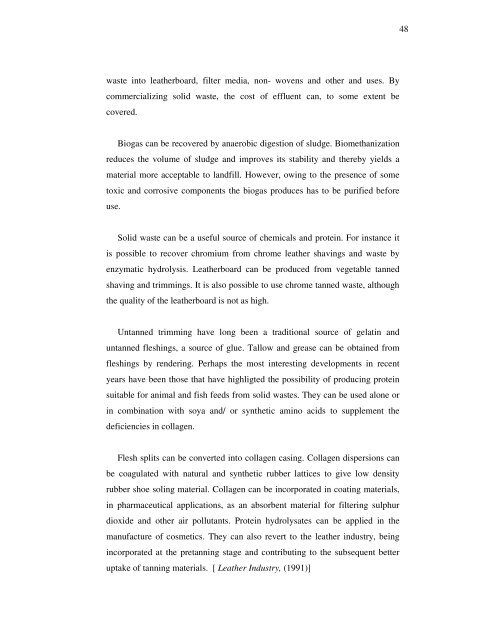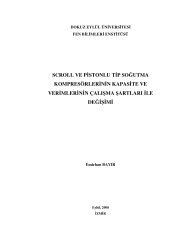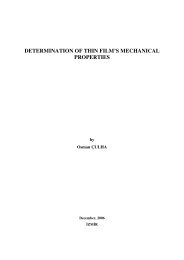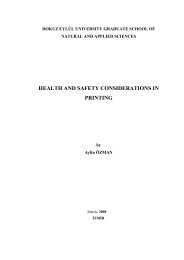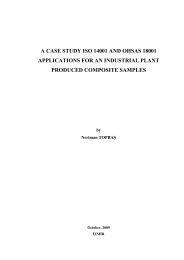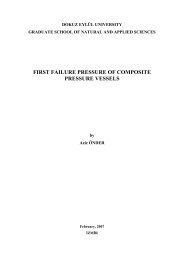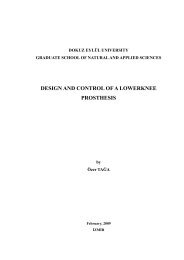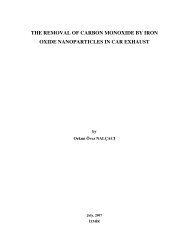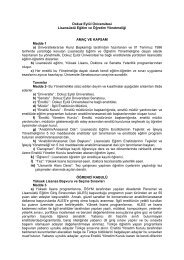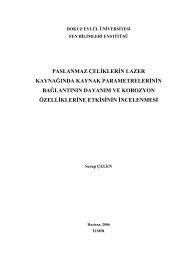WASTE MANAGEMENT IN LEATHER INDUSTRY
WASTE MANAGEMENT IN LEATHER INDUSTRY
WASTE MANAGEMENT IN LEATHER INDUSTRY
Create successful ePaper yourself
Turn your PDF publications into a flip-book with our unique Google optimized e-Paper software.
48 61waste into leatherboard, filter media, non- wovens and other and uses. Bycommercializing solid waste, the cost of effluent can, to some extent becovered.Biogas can be recovered by anaerobic digestion of sludge. Biomethanizationreduces the volume of sludge and improves its stability and thereby yields amaterial more acceptable to landfill. However, owing to the presence of sometoxic and corrosive components the biogas produces has to be purified beforeuse.Solid waste can be a useful source of chemicals and protein. For instance itis possible to recover chromium from chrome leather shavings and waste byenzymatic hydrolysis. Leatherboard can be produced from vegetable tannedshaving and trimmings. It is also possible to use chrome tanned waste, althoughthe quality of the leatherboard is not as high.Untanned trimming have long been a traditional source of gelatin anduntanned fleshings, a source of glue. Tallow and grease can be obtained fromfleshings by rendering. Perhaps the most interesting developments in recentyears have been those that have highligted the possibility of producing proteinsuitable for animal and fish feeds from solid wastes. They can be used alone orin combination with soya and/ or synthetic amino acids to supplement thedeficiencies in collagen.Flesh splits can be converted into collagen casing. Collagen dispersions canbe coagulated with natural and synthetic rubber lattices to give low densityrubber shoe soling material. Collagen can be incorporated in coating materials,in pharmaceutical applications, as an absorbent material for filtering sulphurdioxide and other air pollutants. Protein hydrolysates can be applied in themanufacture of cosmetics. They can also revert to the leather industry, beingincorporated at the pretanning stage and contributing to the subsequent betteruptake of tanning materials. [ Leather Industry, (1991)]


